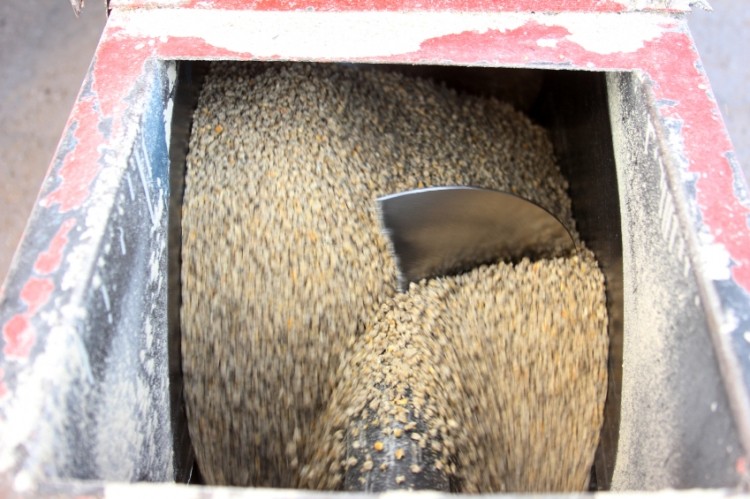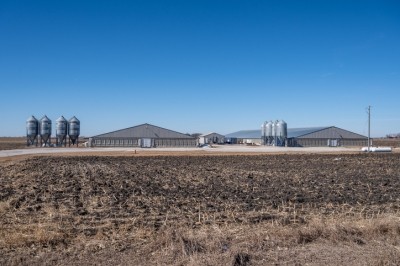Canadian, US feed organizations launch emissions reduction project

The work on the Global Feed LCA Institute (GFLI) database project is as a follow-up to the completed Livestock Environmental Assessment Partnership (LEAP) project and is being done in partnership with several international organizations, said Graham Cooper, executive director of ANAC and co-chairman of the Canada-US group.
“The idea of this is to have a database that is usable, and reliable and globally consistent throughout the value chain to the level of the food producer,” he told Feed Navigator. When completed, it should provide more information to industry, the public or regulators interested in knowing what the environmental footprint of feed and livestock production is, he added.
Project details
The idea behind the project was that the feed industry could take the broad findings and guidelines established in the LEAP program and build on the information, said Cooper. AFIA and ANAC have combined their work on the project rather than form two separate databases of regional information.
The group is currently in the process of establishing a timeline, he said. They are also working with Frank Mitloehner from the University of California, Davis.
“The first step is for AFIA and ANAC representatives to put our heads together with the experts and to look at the methodology so we can start gathering data,” said Cooper.
Once the structure of the database is set then the groups can start gathering the production and emissions data, he said.
“It’s going to be basically up to the farm gate,” he said of the data collection, “the effort that goes into cultivating the grain, or manufacturing the ingredient, up to the point of delivery at the farm gate, which would include transport and storage.”
The target date for finishing the project is 2017, said Cooper. “We’ve got a lot of people who are committed and we’re breaking new ground here,” he added.
The final set of feed ingredients to be considered for the database has not been established, he said. But some of the products that could be tracked for the project include corn, wheat, barley and the more common additives that are used in feed for different types of food producing animals.
“So what we’ll try to have are major grains, oil seeds, and other ingredients that would be fairly typical in the diet of feed animals,” he said. “It won’t be all inclusive. There are too many ingredients, but we want to make it representative, and once that is done, we can start to look at [finding] patterns, and use and so forth.”
One challenge with the data collection will be to make sure that it offers a representative sample for the industry, he said. Although there are several major feed manufacturing companies involved in the project, it is a relatively small group in terms of all the manufactures in operation.
“To take the Canadian situation as an example, if you gather that data for three of 10 provinces, or a particular region, to what extent can you aggregate that?” he said. And, he added, there may be different patterns generated in different regions.








